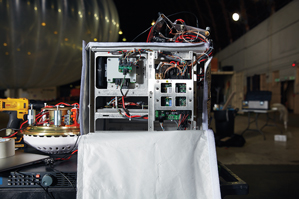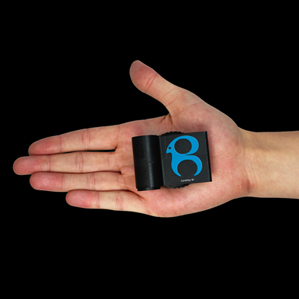Recently, Harvard Medical School Students have been researching genetic code engineering. George Church and Luhan Yang both became key players in developing CRISPR-Cas9; a powerful genetic editing technology. They have already successfully engineered the genomes of pigs and cattle, by adding beneficial genes and erasing bad ones.
This technology is believed to eventually change/engineer the genes of human beings. This would be beneficial to humans for multiple reasons. CRISPR can correct disease, delete hereditary illnesses, install life-long protection against infection, erase Alzheimer's, and maybe even diminish the effects of aging. The future of gene editing can lead to superhumans and even perfect babies for those who can afford the use of this technology.
You can see the article here.
 |
| A recent survey pertaining to the genetic modification for babies |







